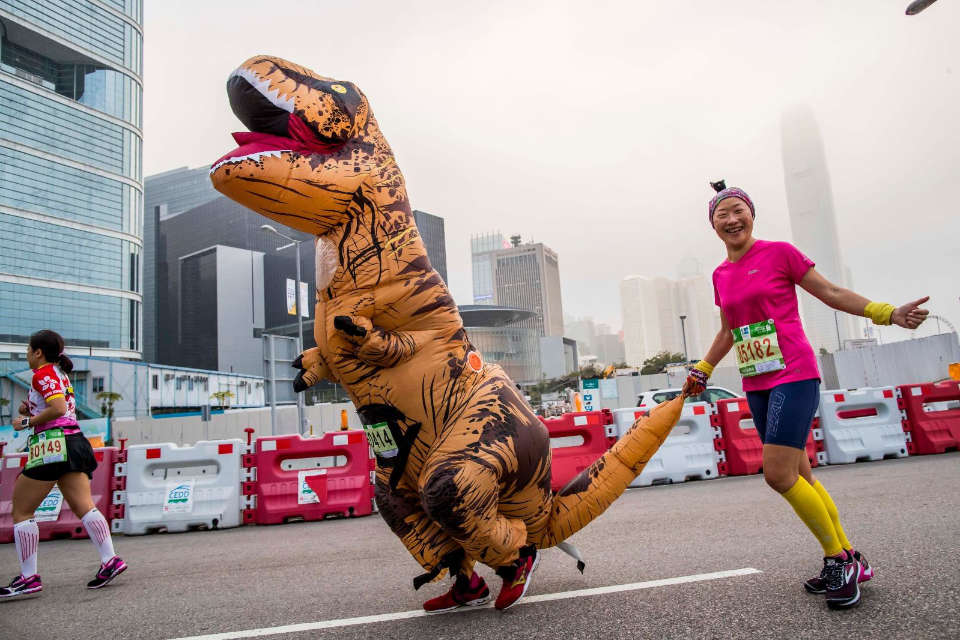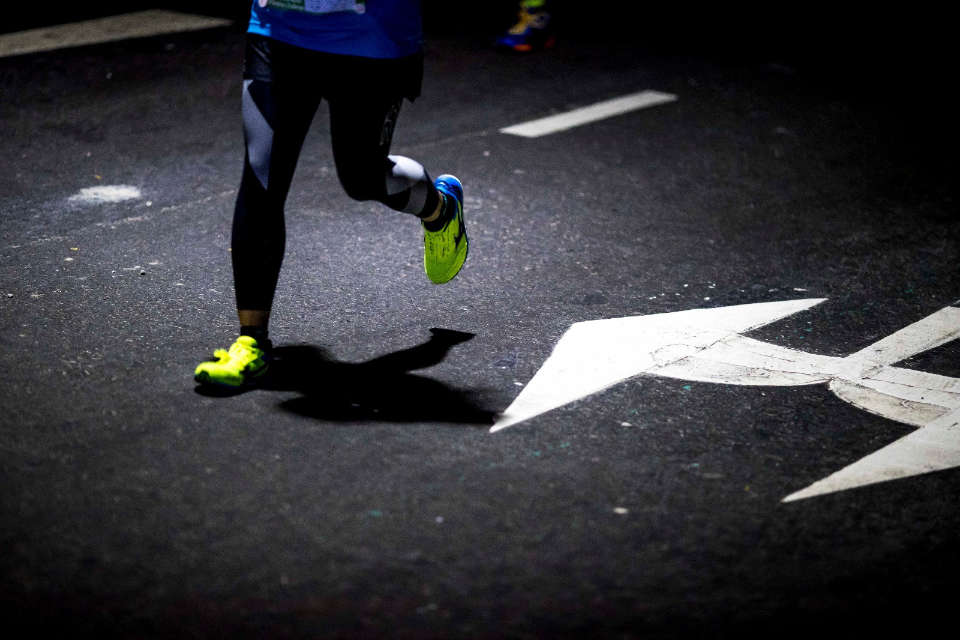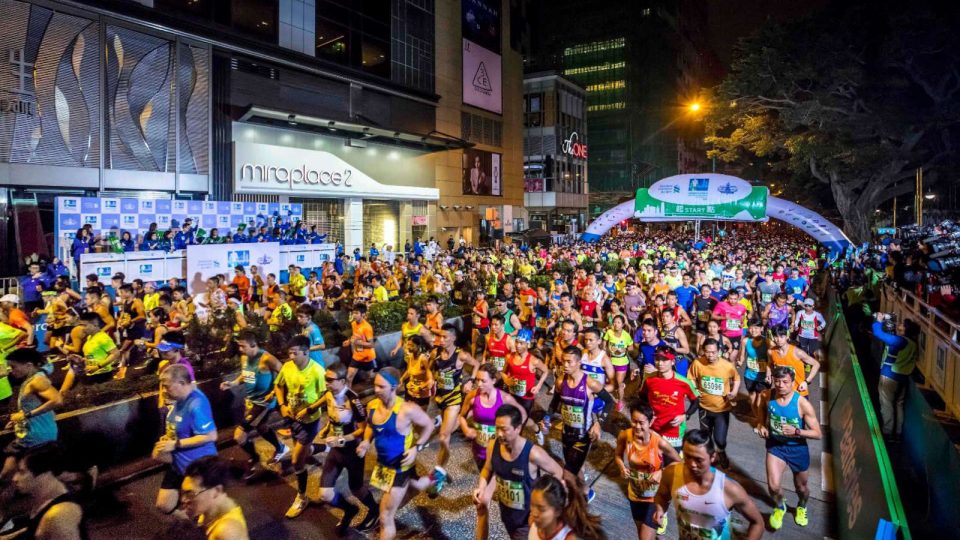Only 83.7 percent of the 74,365 entries showed up at the annual Standard Chartered Hong Kong Marathon 2018 according to SCMP. About 1 in 6 runners were absent. The cause of the high absenteeism rate was unknown.
One can only guess if those runners were unable to show up at race day due to medical reasons, or the forecasted weather affected runners’ willpower to push through, or they were being kiasu with the new ballot system and registered for the race they weren’t sure they can attend.
But we know a few things for sure. One, more than 30,000 applicants failed to secure a slot through the ballot. Two, runners can withdraw their participation after the ballot result is released but before the specified deadline (about 3 months before race day). Upon withdrawal, the slots will be released to participants on the waiting list.
With such a huge number of no-shows, thousands of dreams were broken and shattered. Let us ask ourselves, what can we do to be a responsible marathon participant?
It is actually not difficult to be a responsible race participant.
First of all, don’t register for a race you don’t plan on attending, or you’re not sure whether you can attend. We get it, you have enough disposable income that allows you the freedom of choice to attend a big marathon event. But unless you’re 90% sure you can attend the race, it’s probably the best if you step back from the marathon website during the registration period.
Millennials and Gen-Xers know how important selfies and social media are in daily lives, even more so at an important event like Hong Kong Marathon. If you’re a real runner and you plan on completing your race, thumbs up and likes for you. But if you just want the shirt and being seen at the race without actually running in it, then don’t register for a race you don’t plan on finishing.

Think you are a smart entrepreneur who always has bright ideas about how to make money? You think that prices will increase when supply is limited and demand is high, so you’ll try to get a slot and then sell it at an exorbitant price to unlucky applicants who don’t get a slot? Please don’t sell or transfer your race bib to another person. Upon discovery, you will be disqualified and may be banned from future races.
If you’re sick or unable to complete the race due to medical reasons, by all means, take care of yourself, inform the organiser and withdraw from the race according to the specified procedures. For example, HK Marathon runners who want to withdraw during the race are required to proceed to the nearest water or sponge station and declare their intention to withdraw from the race; the official bus will then take them to the Finish Area.
What race organisers can do to minimise no show-up.
Probably the hardest and boldest action a race organiser can take is to ban participants from future races or for life if they don’t show up without valid reasons.
The race organiser can allow participants who are unable to attend the race to withdraw or defer their entry to next year and then release the spots to participants under waiting list. This could be the hassles that organiser will not enjoy doing, especially when it’s near race day.

For HK Marathon, when runners drop out during payment settlement period, the slots will be released to applicants on the waiting list. After making payment, if a runner wishes to withdraw, he can do so by submitting necessary documents, but these slots will not be released to applicants on the waiting list.
Currently, London Marathon and Chicago Marathon allow registered participants to defer their entry, but the spots will not be released to public or applicants on the waiting list. According to London Marathon’s FAQ, this is the reason why there isn’t a waiting list,
The number of entries that we accept each year is calculated carefully in the knowledge that a certain percentage of runners will drop out. This percentage is very consistent year on year and, after 36 years, we can predict (usually to within one per cent) the number of runners who will line up at the Start each year.
There is hardly a single solution to minimise no show-ups. It requires a concentrated effort from both participants and race organisers. As runners, let’s do our part in becoming a responsible participant.
Do you think that 1 in 6 no-shows is too much? What do you think can be improved from a runner’s perspective as well as organiser’s perspective?





